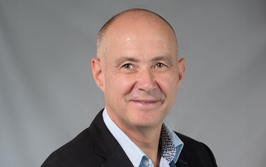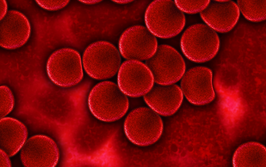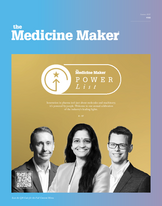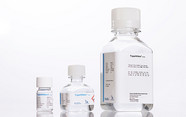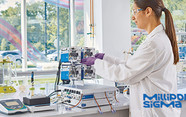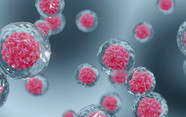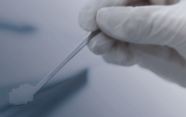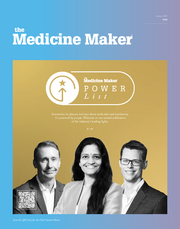Rewards in the Real World: Sitting Down With Igor Fisch
Discussing the development of trends, treatments, and talent in gene therapy with NewBiologix CEO Igor Fisch.
| 4 min read | Interview

What led you into the field of gene therapy?
After completing my PhD at the University of Geneva and a postdoc in Cambridge, UK, in the lab of Sir Gregory Winter, who later won the 2018 Nobel Prize in Chemistry, I returned to Switzerland as a assistant professor at the EPFL – Swiss Federal Technology Institute of Lausanne.
In 2001, I co-founded a company called Selexis with my colleague Nicolas Mermod. From the beginning, we focused on developing tools and technologies to help translate research into actual products that reach patients. Back in the early 2000s, monoclonal antibodies were becoming a major trend, and there was a shift from chemical drugs to biologics, but the industry needed better ways to produce these drugs. We developed a unique technology that accelerated the timeline for creating drug-producing cell lines. By 2017, over 134 drug candidates developed using our tech were in clinical trials, and seven had reached the market.
Selexis was eventually acquired by a Japanese company, and I stepped away in 2020 to take on a new challenge: gene therapy. Gene therapies are incredibly promising, but also expensive and difficult to manufacture. We wanted to help solve that, so we raised $50 million and founded NewBiologix, based in Lausanne, to develop a new manufacturing platform for gene therapies.
Scalability is a major challenge for gene therapies. What do you think are the key elements in solving this?
The big issue with gene therapy manufacturing is that around 70 percent of therapies use recombinant AAVs produced via triple plasmid transfection. This system has limitations. You can’t scale beyond 500 to 1,000 liters, and every batch is a new transfection, which leads to variability and high costs.
If we could switch to a stable cell line that continuously produces AAVs, we'd have a more homogeneous, reproducible process. It would also reduce costs dramatically. It’s a tough challenge because these viral particles can kill the host cell – but we’re confident we’ll find a solution. It would be a game changer for getting therapies to patients faster and more affordably.
What do you enjoy most about being a CEO?
What I love most is seeing how science can be translated into real-world products. I experienced that at Selexis, where we brought new technologies to market, and watched the industry adopt them. It was incredibly rewarding.
At NewBiologix, it’s the same. I enjoy working with brilliant scientists who challenge me and each other. It’s not always easy, but when you give them the freedom to explore, it creates a really dynamic environment. That’s the fun of it for me – bridging deep science with practical impact.
How do you go about attracting and developing these scientists?
It’s not easy in the current environment. Many of the scientists I work with I’ve known for 15 years, when they started as PhD students or postdocs. We’re fortunate enough to be based in Switzerland, which has an excellent education system and a strong culture of loyalty. People tend to stay. We’re also based in a science park with a vibrant community of biotech startups, which really helps to attract and retain top talent.
What do you like to do when you're not being a CEO?
I enjoy spending time with friends and going out for drinks. I like skiing and diving too. The work-life balance is important. Leading a company is tough, but it's also deeply rewarding, especially when you’re surrounded by smart people who believe in science, and believe in you. And as you get older, you learn to choose who you work with, which makes the experience even better.
What are your predictions for the near future of advanced therapies?
Right now, the market for many of these therapies is small because they target rare diseases and pharma companies are hesitant to invest heavily when manufacturing is still so complex and expensive. If we can fix the manufacturing bottleneck, however, I think we’ll see a big expansion in indications. That would allow cell and gene therapies to become more mainstream – and help a lot more patients. That’s what drives me. If I can say I helped cure people, that would be the greatest reward.

